Native American Heritage Month: Celebrating Indigenous Influencers In Tech
CRN celebrates executives and pioneers from Lockheed, IBM, P3I, TICOM, Aqiwo and Cetan.
A Cherokee rocket designer. A Chippewa wireless mesh pioneer. A Native Hawaiian systems integrator CEO, and an Adai Caddo researcher of virtual reality.
Mary Ross, David Petite, Janice Guy and Stephanie Carnell are just a sample of the Native Americans who have made a mark on technology history and continue to serve influential roles in IT and the channel.
But while we celebrate these contributions, it’s important to remember how much work remains to create greater equity in tech.
[RELATED: Hispanic Heritage Month: Influential Latinos And Latinas In Tech]
Despite more than 600 Native American and Alaskan Native tribes in the U.S. making up more than 1 percent of the population, indigenous people are less than .005 percent of the tech workforce in the country, according to Cisco.
Organizations that strive to create more opportunities in tech for Native Americans include the American Indian Science and Engineering Society (AISES), Natives in Tech, Sisterhood of Native American Coders (SONAC), The Society for Advancement of Chicanos/Hispanics and Native Americans in Science (SACNAS) and Native American Capital (NAC).
Here are some of the Native Americans CRN is featuring this month for their achievements in technology.
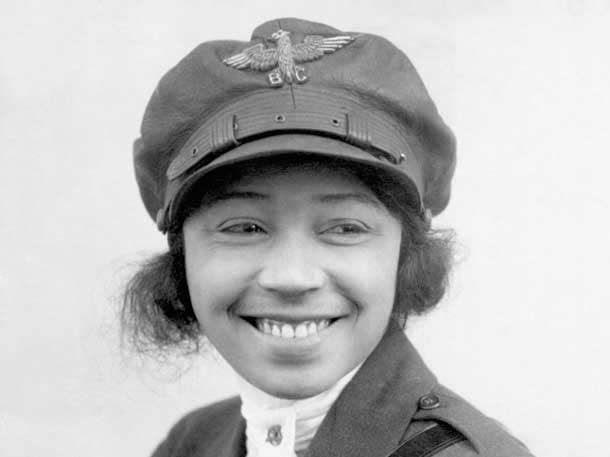
Bessie Coleman
Bessie Coleman was the first African-American woman and first Native American woman to hold a pilot’s license, according to the National Air and Space Museum.
Coleman was born in Atlanta, Texas, 1892 to a father with Cherokee heritage who worked as a day laborer. After working in beauty salons as a manicurist, she moved to France to earn her license in 1921, according to the museum. Her first public flight was in 1922 on Long Island.
She toured the United States performing exhibition flights with barrel rolls, figure eights and loops, according to the San Diego Air & Space Museum.
Tragedy struck in 1926 when a plane flown by her mechanic spun out of control and Coleman fell 3,500 feet. She has been immortalized in the National Women’s Hall of Fame, the National Aviation Hall of Fame and as the namesake of various schools and roads.
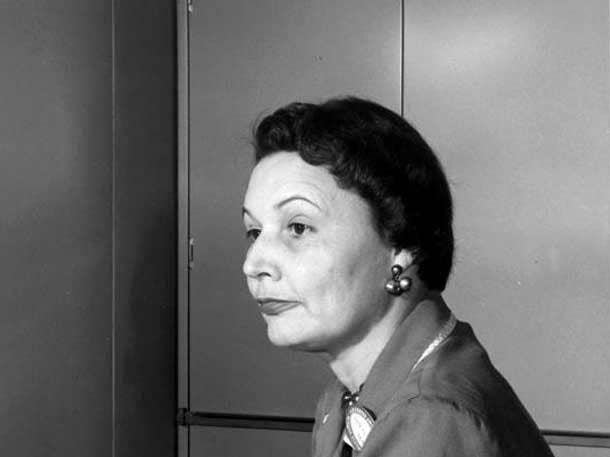
Mary Golda Ross
Mary Golda Ross is considered the first known Native American female engineer, according to the National Air and Space Museum.
Born in 1908 in Park Hill, Okla., Ross was a member of the Cherokee Nation. Her great-great-grandfather, John Ross, served as principal chief, according to the museum.
She worked for 10 years as a public school math and science teacher before joining the Lockheed Aircraft Corp. in 1942 in Burbank, Calif., as a mathematical research assistant. She was part of Advanced Development Projects – the Skunk Works division – and worked on military aircraft, including the P-38 Lightning, according to the museum.
She also worked on submarine-launched Polaris missiles and Agena launch vehicles for space-bound payloads. Ross died in 2008.
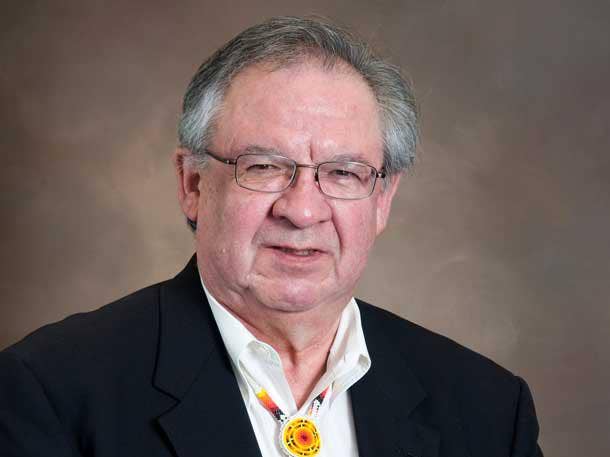
Dwight Gourneau
Dwight Gourneau, a member of the Turtle Mountain Band of Chippewa of North Dakota, worked as an IBM engineer for 27 years and dedicated much of his time to furthering the presence of Native Americans in science, technology and engineering.
Gourneau retired from IBM in 1992 as a computer development engineer and manager, according to The Michigan Daily. He founded the National American Indian Science and Engineering Fair, chaired the American Indian Science and Engineering Society board of directors and served on the board of trustees of the Smithsonian National Museum of the American Indian, among other positions.
After his retirement, Gourneau also ran an IT services consultancy in Rochester, Minn., called NAMTech.

David Petite
David Petite, a member of the Fond du Lac Band of Lake Superior Chippewa tribe, is regarded as an early inventor of the wireless ad hoc network and wireless mesh technology that enables mobile phones to work, according to the United States Patent and Trademark Office.
He grew up taking radios apart with his father. In 1993, Petite founded Stat Signal, later Sipco, and developed ultra low power radio frequency transceiver microprocessor embedded wafer fabrication designs for product integration for monitoring and control applications connected to the internet – an early part of the internet of things, according to Sipco’s website. The company has received more than 50 patents.
Petite’s patents have generated more than $300 million in revenue, according to his LinkedIn.
In 2009, Petite founded the Native American Intellectual Property Enterprise Council (NAIPEC) to provide patenting, copyright and trademark assistance to indigenous people, according to the organization.
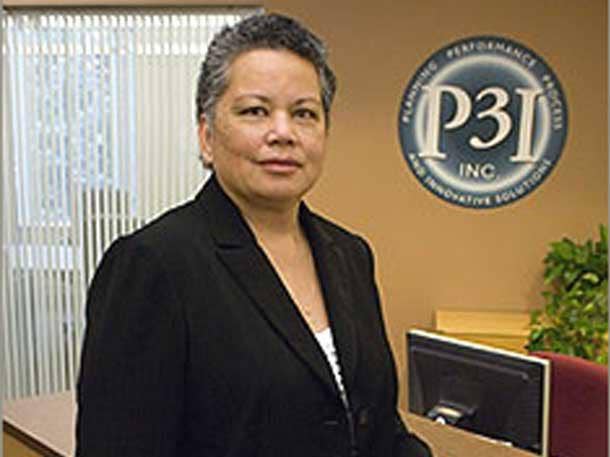
Janice Guy
In 2000, Janice Guy founded P3I, a Hopkinton, Mass.-based systems integrator and IT manager that works with the United States Department of Defense and federal customers.
Guy – a Hawaiian Native American, according to the Boston Business Journal – retired as a major in the Marines before founding P3I, which stands for People, Performance, Process and Innovation.
She was “one of the first women Air Defense Control Officers in the Marine Corps and controlled over 2,000 multi-plane, ground-controlled radar intercepts during her military career,” according to P3I’s website.
She has grown the company from four employees to more than 200 with more than 20 contracts with major operating sites throughout the U.S., according to P3I’s LinkedIn page.
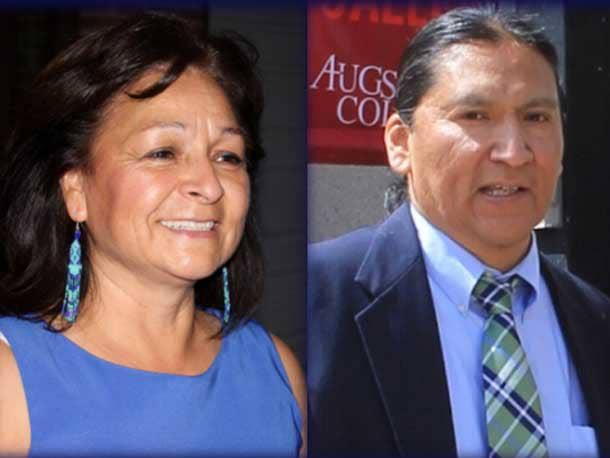
Madonna And Mel Yawakie
Married couple Madonna and Mel Yawakie founded Brooklyn Park, Minn.-based Turtle Island Communications (TICOM) in 2001 to provide broadband engineering and consulting to tribal nations.
Madonna Yawakie is a member of Turtle Mountain Band of Chippewa of North Dakota, according to TICOM’s website. Her telecommunications career began in 1991 with roles in operations, marketing and project management for a regional carrier and an engineering firm focused on rural telecommunications.
She has also contributed to U.S. Federal Communications Commission (FCC) telecommunications and broadband policies for tribal nations. This year, Madonna Yawakie was named a Forbes 50 Over 50 entrepreneur.
Mel Yawakie, a member of the Pueblo of Zuni of New Mexico, leads planning, designing and implementing wireline and wireless telecommunication systems for tribal owned broadband projects, according to the website.
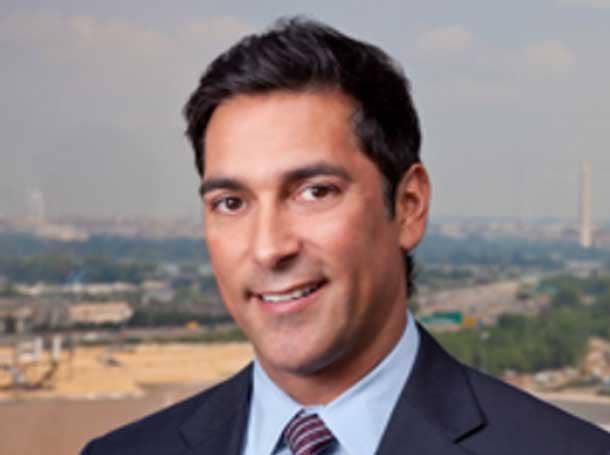
Stephen Mills
In 2002, Stephen Mills founded Vienna, Va.-based Aqiwo, which provides IT support and cybersecurity services to intelligence, defense and civilian government agencies.
Mills, a member of the Chumash of North Central California, worked for 15 years as a professional consultant and project manager for Deloitte, MCI WorldCom and Cherokee Information Services before founding Aqiwo, according to his company’s website.
He also has “extensive international travel experience including a high-profile business engagement supporting U.S. Government interests in the Russian Federation,” according to his LinkedIn account.
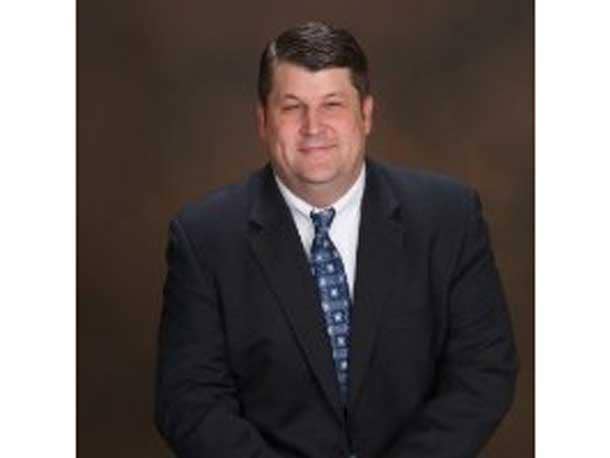
Brad Scott
Brad Scott, a member of the Chickasaw Nation, founded Chesapeake, Va.-based partner business Cetan Corp. in 2007.
Cetan, whose vendor partners include BMC and Microsoft, specializes in cloud, collaboration and workload automation, according to the company’s website.
By 2012, the company made more than $11.43 million, according to Chickasaw TV.
Scott previously served in the U.S. Army and Virginia Army National Guard, according to his LinkedIn account.
In 1999, he joined BMC Software and eventually led and managed the IT process automation practice for North America, according to his LinkedIn.
Scott left BMC for GSS Infotech in 2003, leaving the company with the title of director of sales and professional services after more than three years. He helped to grow the company’s revenue eightfold, according to his company’s website.
Scott’s grandmother, Eula “Pearl” Carter Scott, was one of the first female aviators, according to Indian Country Today.
In 1929, Pearl Scott became the youngest solo pilot at age 13, according to the San Diego Air & Space Museum.
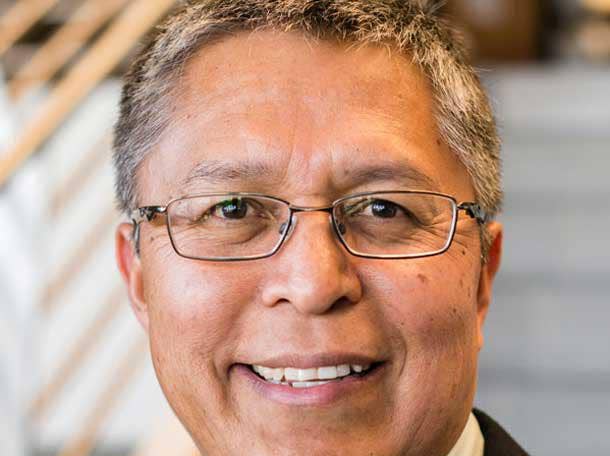
Stan Atcitty
Stan Atcitty has worked at the Sandia National Laboratories for nuclear and security research in New Mexico for about 30 years, according to his LinkedIn account.
In 2006, the Navajo Tribe member became the Native American man to receive a doctorate in electrical and computer engineering from Virginia Tech, according to an article published by the university.
Six years later, Atcitty received the presidential early career award for scientists and engineers from then-President Barack Obama. The award commemorated Atcitty’s “accomplishments in power electronics for the electric grid and for mentorship in the Native American community,” according to Virginia Tech.
He has more than 60 publications and more than three patents, according to University of Nebraska-Lincoln.
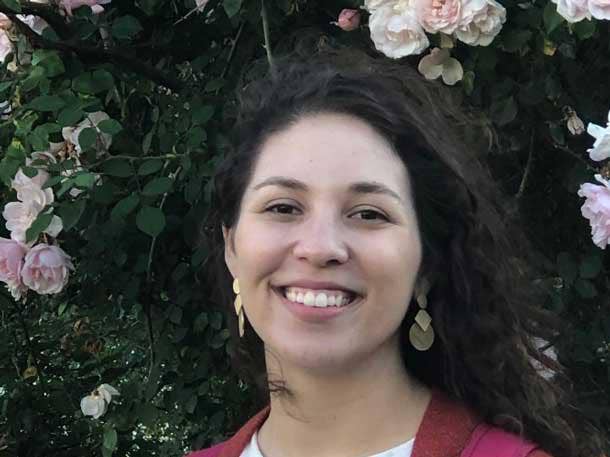
Stephanie Carnell
Stephanie Carnell, a member of the Adai Caddo tribe of Louisiana, is a postdoctoral researcher at the University of Central Florida “identifying new research directions to understand the role of virtual reality and virtual humans in language learning,” according to her LinkedIn account.
In 2020, Carnell became the second Native American woman to receive a doctorate in computing nationwide since 2013, according to the University of Florida.
She received her doctoral degree in Human-Centered Computing (HCC) and researches how virtual humans can help medical students improve communication with patients, according to UF.
At the university, she was a founding member of the Society for Advancing Chicanos/Hispanics and Native Americans and of the American Indian Science and Engineering Society.
In November, Carnell started work for the city of Orlando as a digital service designer and delivery manager, according to her LinkedIn.